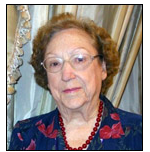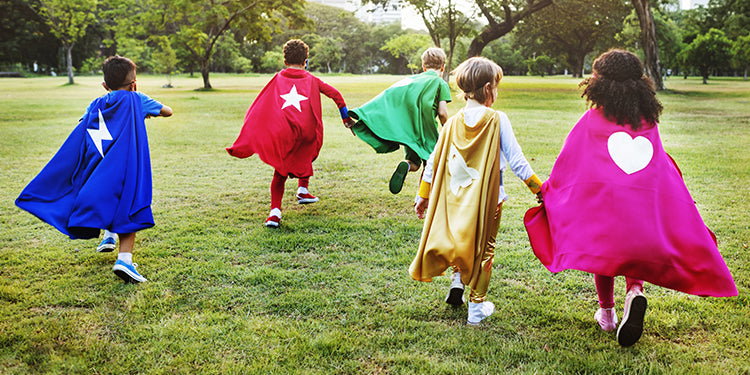
This is a guest blog post by Dr. Geraldine Haggard, who is a retired teacher, Reading Recovery teacher leader, author, and university teacher. She spent 37 years in the Plano, TX school system. She currently tutors, chairs a committee that gifts books to low-income students, teaches in her church, and serves as a facilitator in a program for grieving children.
This is the first post in a series of posts on teaching and using leveled books for science in kindergarten. To read the next post in this series, please check back next week. You can always subscribe to our blog to get new posts in your inbox.
Science has been called the "orphan" of the primary curriculum in many schools. Why is this possibly true? What have the curriculum specialists in science said about the role of science in the early grades across primary education?

The Importance of Science in the Early Grades
According to the National Council for Elementary Science, when children have a good grasp and understanding of science, it enhances their learning and growth in many other subjects in the classroom. Science, which has been called "the mother of all subjects and disciplines," can help children to prepare for both the present and future, by fostering scientific thinking.
The National Standards of Science Education are based on the reality of the future lives of students, as they are confronted with various problems that require scientific ways of thinking to solve. The belief is that older students, who have not developed basic science vocabulary, often find science to be a difficult subject to learn. Children need early experiences of science in the classroom, in order to scaffold later science curriculum. An early love for science study extends into future grades.
Educational leaders in language arts, NCTE and IRA, in 1996, shared their joint beliefs that the teaching of reading is based on acquiring new information and using that information to meet the needs of society and find personal fulfillment. Thinking skills are transferred from ability to think as they read and write to other subject areas. There are many opportunities to use thinking skills in the language arts area.
The National Science Teachers' Association has the following position statement: "The science curriculum should tap into, guide, and focus children's natural interests and abilities through carefully planned open-ended explorations." They state that "memorizing is out; thinking like a scientist is in."
We can summarize these statements by looking at what the national program standards are. The science curriculum needs to be developmentally appropriate, interesting, relevant to student needs, and connected with other school subjects.
Studying the national programs standards suggested for kindergarten, it’s discovered that the standards cover more than one grade level and allow a topic to be developed, and understanding deepened, step by step. An example is the standard that we will be looking at in this series of blog posts: the standard of Life Science, or NS.K-4.3. The kindergarten classroom will be comparing and exploring the differences between living and non-living things – and what these living things need.
This is the end of Part 1 in this series of blog posts on
teaching and using leveled books for science in kindergarten. To read the next post in this series, please check back next week. As always, you can subscribe to our blog to get new posts in your inbox.
~~~
Geraldine Haggard is the author of several books from our
Kaleidoscope Collection
series. For more information about the
Kaleidoscope Collection
series,
click here
to return to our website, or click the image below the download an information sheet with key features on the series.













































![6 Fun and Easy Activities to Practice Sequencing [Grades K-1]](http://www.hameraypublishing.com/cdn/shop/articles/Red_Typographic_Announcement_Twitter_Post-5_bf1ae163-a998-4503-aa03-555b038d1b76_600x.png?v=1689961568)
![Leveraging Prior Knowledge Before Writing and Reading Practice [Grades 1–2]](http://www.hameraypublishing.com/cdn/shop/articles/Red_Typographic_Announcement_Twitter_Post-4_600x.png?v=1689961965)




